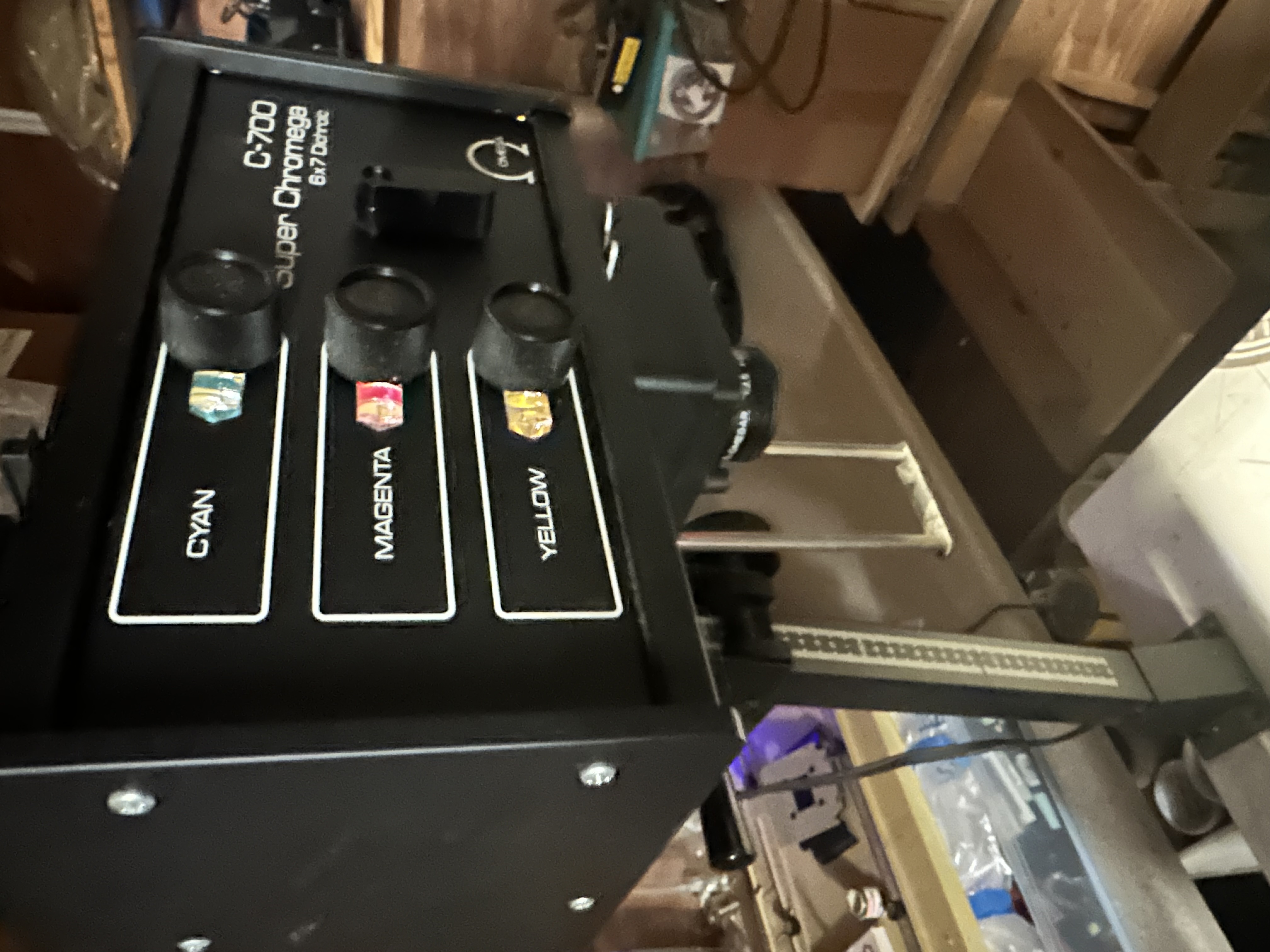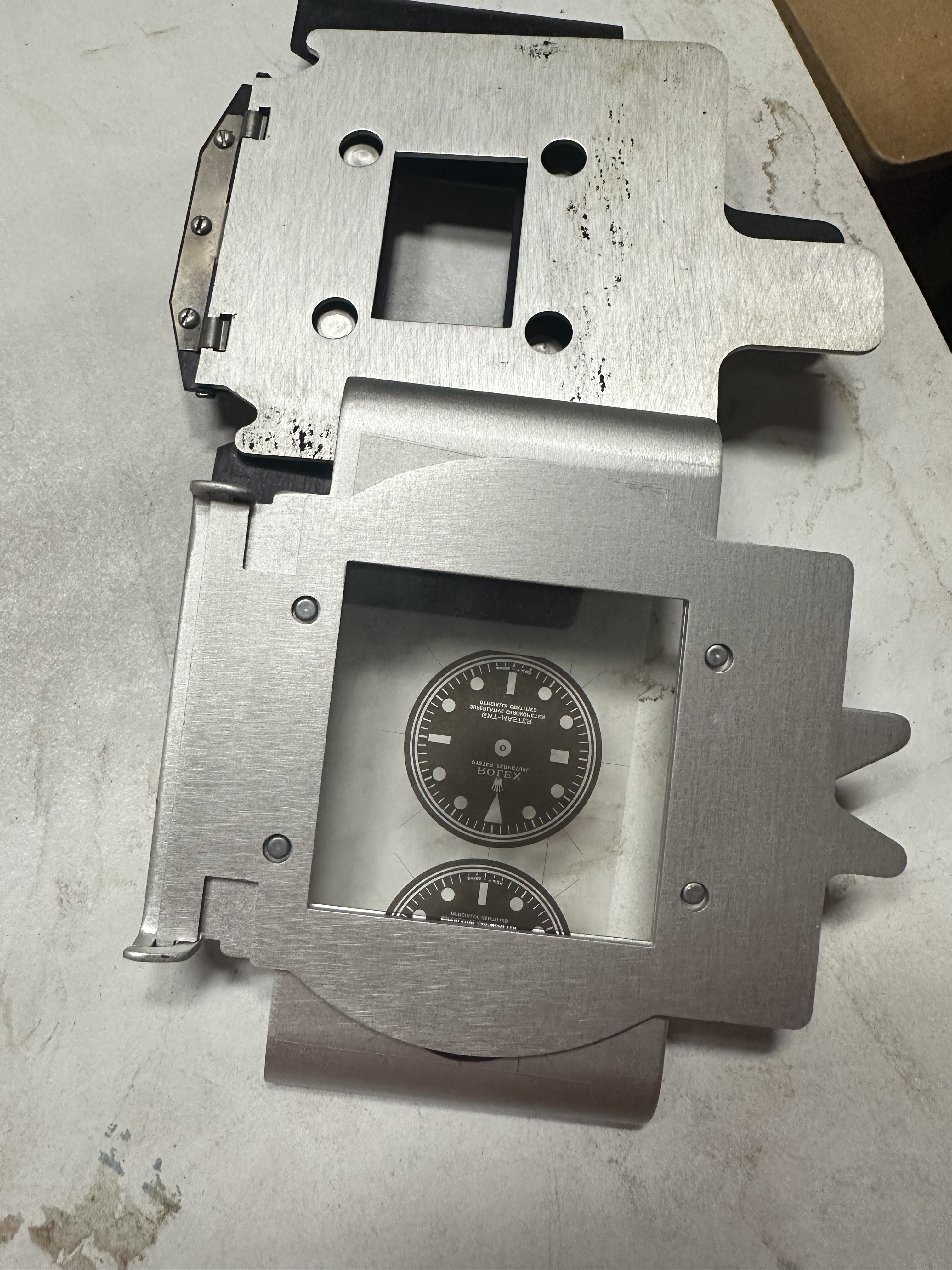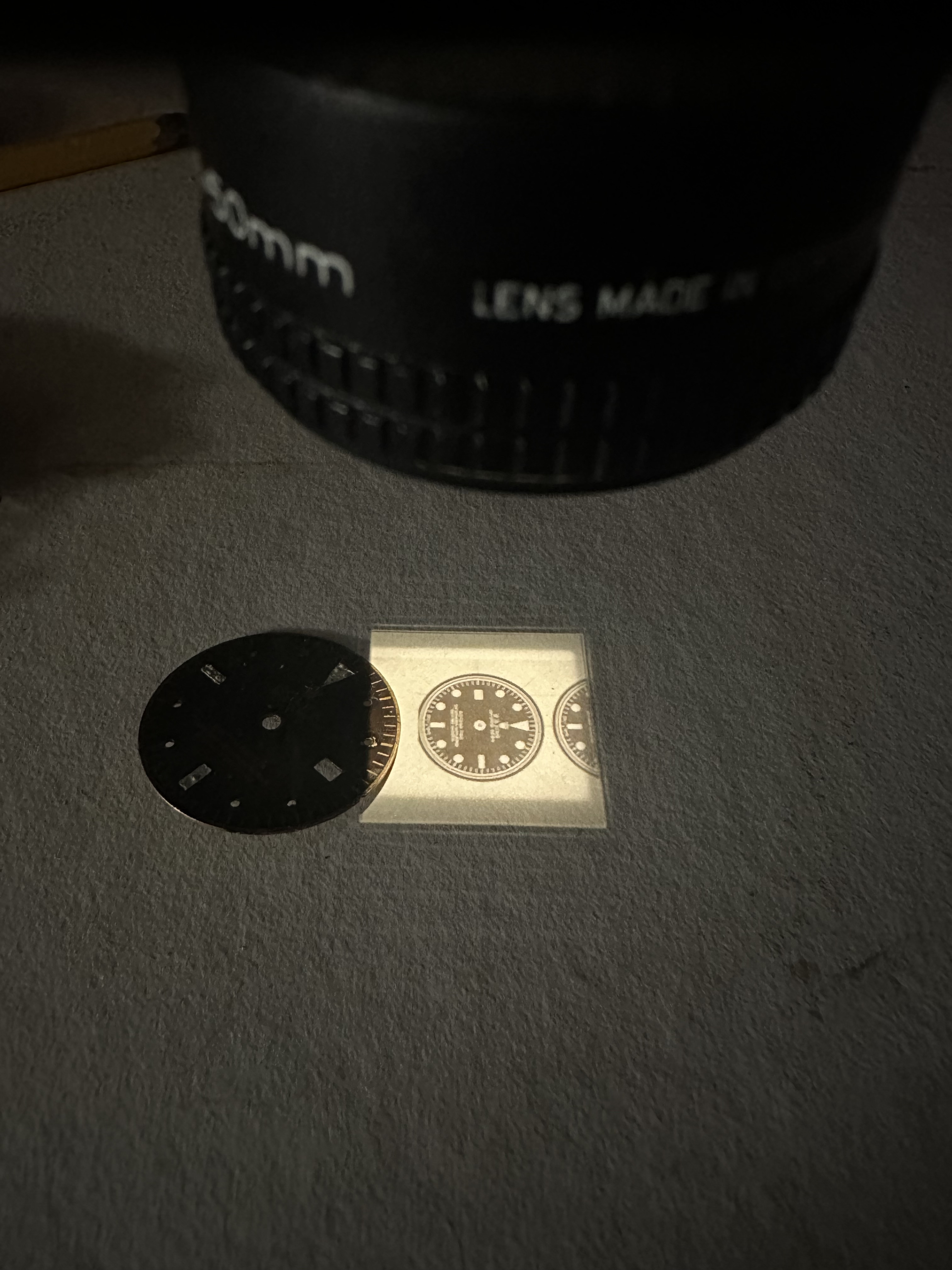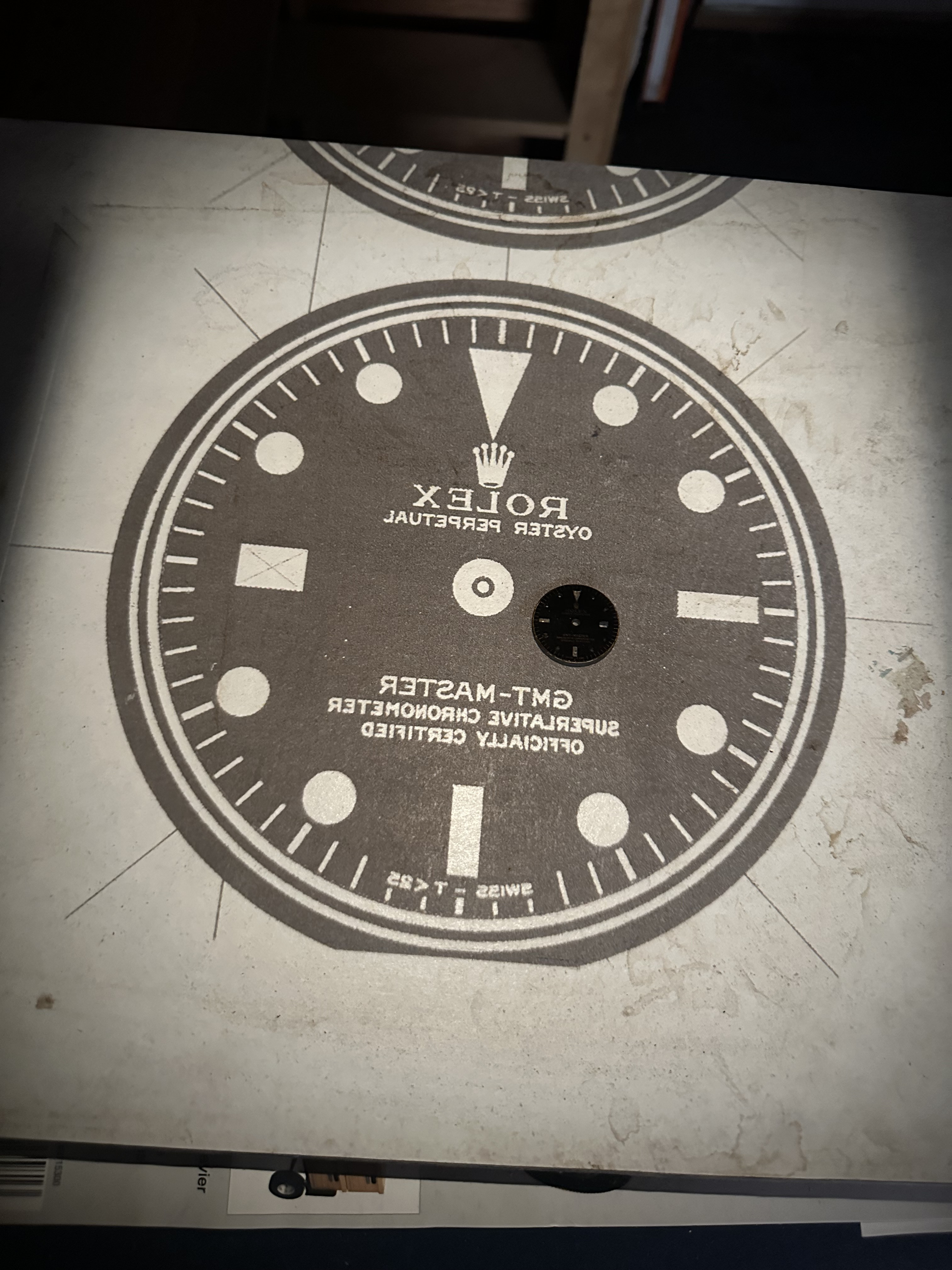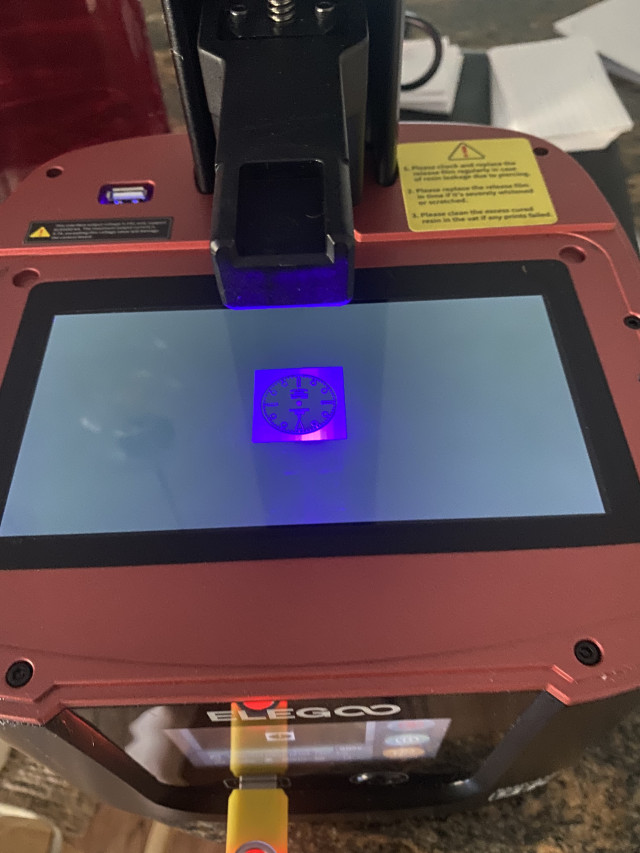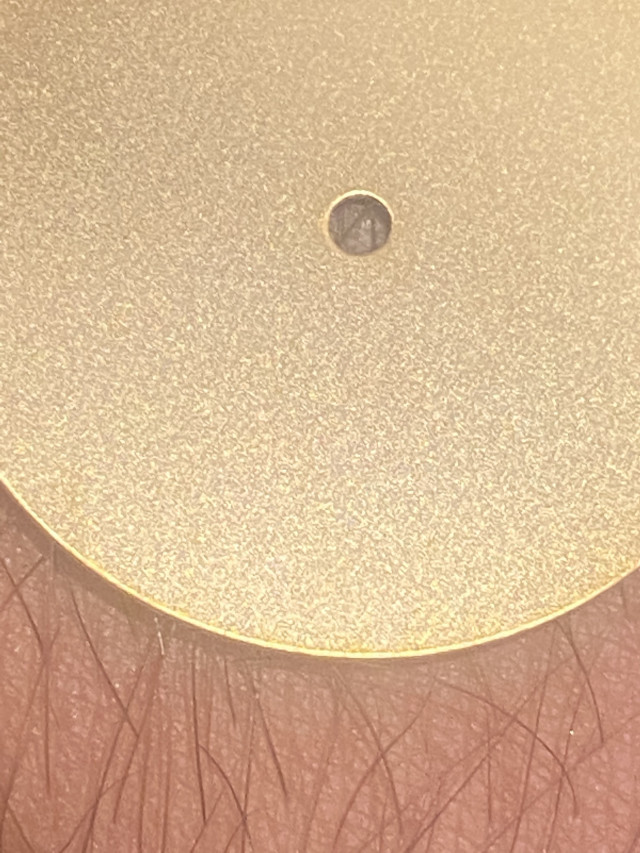Honestly, the resolution seemed clear and easy to focus, but I didn't inspect it with a loupe since a 10mm dial or smaller was never going to work.
As far the lens, I'm sure I can mount it reversed inside the bellows, but I would lose the ability to adjust the aperture while also limiting the bellow's movement. Correct? Do you think that's a minor issue?
Yes, you would lose that ability, or it would require opening up the bellows, changing the aperture, closing the bellows, etc. However, this is the type of thing you can figure out by experimenting. Get a sense of the necessary exposure time for your boards, record aperture and exposure time, and check the result. It might take some trial and error, but once you figure it out you should never have to do anything different if your overall process remains the same.
Factors that affect exposure: aperture, distance from lens/light source to print, time. Reducing to the correct size will sort of fix the distance. Aperture should probably be set around f/5.6 to start as it will be sharpest but reduce exposure time. Time is then the variable. See if the boards you are using have any guidance on that.
One other thing: make sure that when you turn on and turn off the lamp there isn't any shake. A stable set up will prevent movement blurring details.
Also, exposure time is unlikely to have to be very precise. If less than maybe 5 seconds, stop down the lens one stop. That will double the exposure time. So 5 seconds of exposure at f/5.6 would be 10 seconds at f/8. The reason that it is generally better to work with a time of 10 seconds (or longer) is that if you are off your timing by half a second or so, it's only a 5% difference in final exposure, which can be difficult to detect by eye. You are working with B&W images of dials, so as long as the black is black, you can stop. Unnecessarily long exposure times could cause the areas that should be white to become gray due to light leak, not true black on the negative/transparency, etc.
